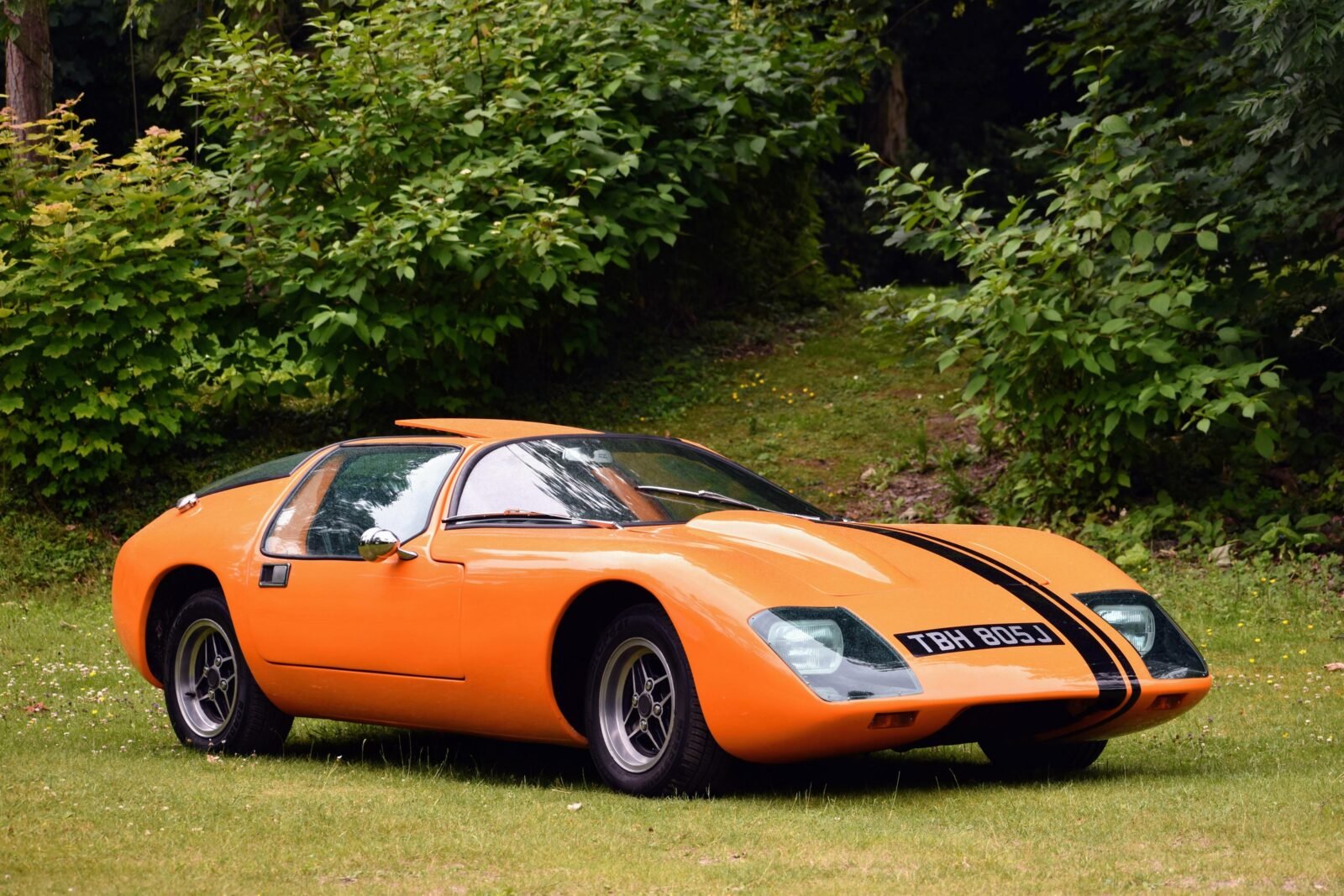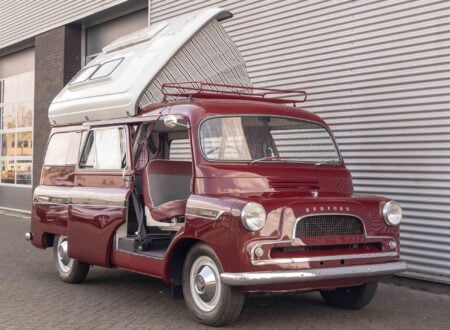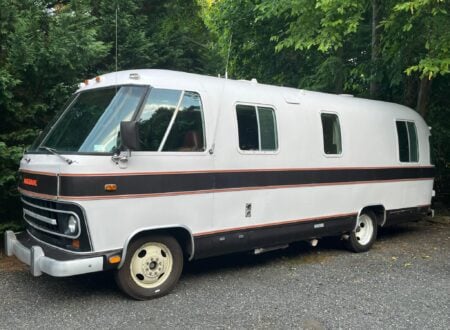This is a rare, original example of the Piper GTT, just 57 are known to have been built in the late 1960s and early 1970s by Piper Cars in England.
The name Piper Cars may be familiar to you if you’ve ever bought performance cams or other parts for British sports cars – the company still exists today as Piper Cams. The automotive wing of the company was cut short by the death of founder Brian Sherwood in a tragic car accident.
Fast Facts – The Piper GTT
- The Piper GTT was one of the cars developed in England by Piper Cars, they were typically sold as kit cars and completed by enthusiasts in their own garages, though some are known to have been built and sold as turnkey cars by the factory.
- Piper Cars was founded at Campbell’s Garage in Kent, England in the mid-1960s. The first car developed by the company was the Piper Sports Racer, a beautifully designed open-topped sports prototype with a lightweight fiberglass body and a tubular steel spaceframe chassis.
- The Piper Sports Racer was followed by the more practical Piper GT which was launched at the 1967 Racing Car Show. The GT was a coupe that could be equipped for either road or track use, and it generated a flood of interest and pre-orders.
- Some design issues with the Piper GT needed to be ironed out, the company did this and then released the car as the Piper GTT as a kit car for home assembly, based largely on Ford running gear. The final car offered by the company before they closed was the Piper GTR which was based on the GTT.
Piper Cars
Piper Cars was founded in the mid-1960s as a small, garagiste-type company out of Campbell’s Garage in Kent, England. The company was similar to the likes of TVR, Marcos, Ginetta, Lotus, and countless other low-volume automakers in England that built sports cars with fiberglass bodies and tubular steel chassis – with engines, suspension, brakes, and many other parts sourced from common production cars from the time.
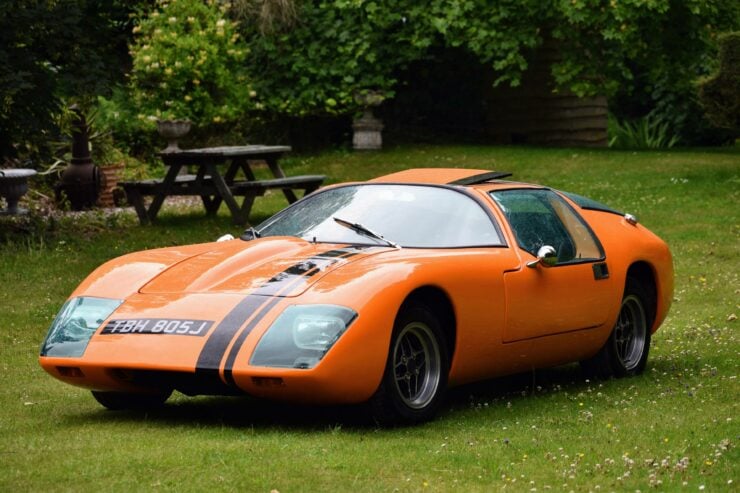

The first car made by the company was the Piper Sports Racer introduced in 1966. It was an elegantly designed open-topped sports car with a lightweight fiberglass body, a tubular steel spaceframe chassis, and a choice of engines to suit various racing classes.
The team at Piper quickly realized they could do a roaring trade if they developed a hardtop coupe that could be set up as either a road-legal car or a race car. The result was the Piper GT, it was styled by Tony Hilder, the same man who had designed the Piper Sports Racer, and it was introduced at the 1967 Racing Car Show.
The interest around the Piper GT was immense, pre-orders flooded in and the company looked set to be a significant new competitor to the likes of Lotus and TVR.
As was probably predictable, the company faced some quality control issues as they ramped up production. This resulted in the Piper GT being modified to address these concerns, and turned into the Piper GTT.
The Piper GTT
Racing driver Brian Sherwood would be in charge of evolving the earlier Piper GT into the more refined Piper GTT. He had earlier bought one of the Piper Sports Racers, so he knew the design had significant potential.
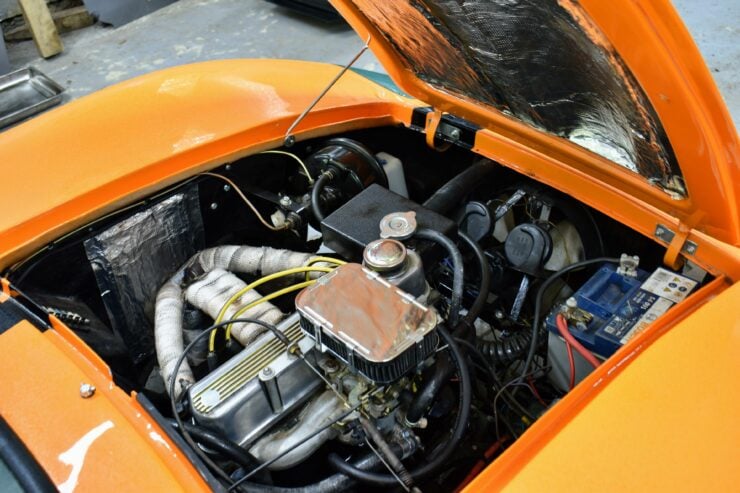

Once the teething issues had been worked out the GTT was put into production as a kit car, or as a complete turnkey car depending on the buyer’s preference. At the time there was no UK Purchase Tax applied to cars that were sold in kit form, this tax loophole had greatly helped the British kit car industry.
The Piper GTT was based on simple, reliable Ford running gear – which made sourcing spare parts nice and easy for owners. As orders for the new car came in it was clear that the two wings of the Piper company, the tuning arm on one side and the automotive arm on the other, were going to need separate premises.
Piper Cams would rise to become one of the preeminent suppliers of cams and performance parts for the British tuning community. Piper Cars would move from Hayes to Wokingham and focus entirely on producing kits of the GTT and the other cars that would follow.
By 1969 the company was doing well and the future looked bright, it was decided that a car should be entered into the 1969 Le Mans 24 Hours to promote the road cars and the performance parts division, and so the Piper GTR was developed.
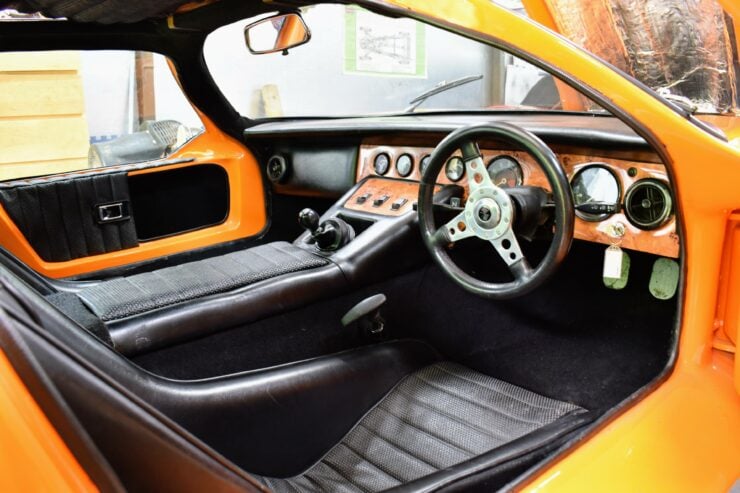

The Group 6 eligible GTR was a new Tony Hilder design, a hardtop coupe with a roofline only 30 inches off the ground offering a drag co-efficient of just 0.28. The engine, gearbox, and radiators were all installed in the rear. Sadly the car was beset with overheating issues, a direct result of insufficient development time, and it was unable to compete as it never set a qualifying time.
Shortly after this in December of 1969, company owner Brian Sherwood would be killed in a car accident. This tragedy very nearly spelled the end for Piper Cars, however two Piper Cars employees, Bill Atkinson and Tony Waller, would take over the company – they renamed it Emmbrook Engineering and continued building the GTT.
In 1971 Emmbrook Engineering would unveil the Piper P2, a revised version of the GTT with improvements to the chassis, body, and interior. The P2 would remain in production until the mid-1970s.
The death knell of the company was caused by a number of factors including the entry of the UK into the European Economic Community (EEC) which closed the kit car UK Purchase Tax loophole, it also resulted in the EEC Motor Vehicles (Type Approval) Regulations coming into effect which were very difficult for small manufacturers to meet.
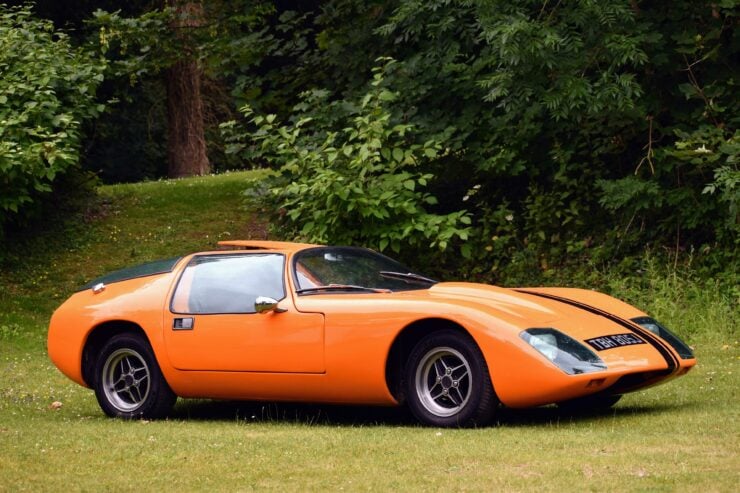

The 1973 Oil Crisis was the final nail in the coffin, production would cease with approximately 80 kits made in total and 57 Piper road cars registered for road use.
The 1970 Piper GTT Shown Here
The car you see here is a 1970 Piper GTT that was bought as an unfinished project, the current owner has spent a significant amount of time and money restoring it to a very high standard – it’s now one of the best examples of the GTT in the world.
Fewer than 40 miles are said to have been completed since the restoration was completed in 2020, the car was a passion project as the owner’s wife is said to have used a previous Piper GTT as her daily driver back in the 1970s, though she now prefers more modern means of conveyance.
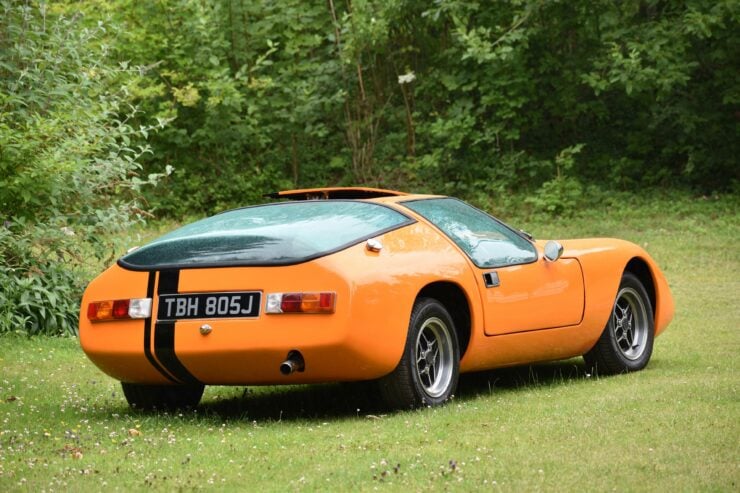

The car has been stored in a dry, insulated garage and it comes with a collection of magazines and articles featuring the GTT. It’s finished in Audi Glut Orange with painted black stripe, it has a black vinyl interior, and it’s powered by a Ford 1600GT engine mated to a reconditioned gearbox.
This Piper GTT is now for sale out of Lincolnshire in England on the Car & Classics platform. If you’d like to read more about it or register to bid you can visit the listing here.
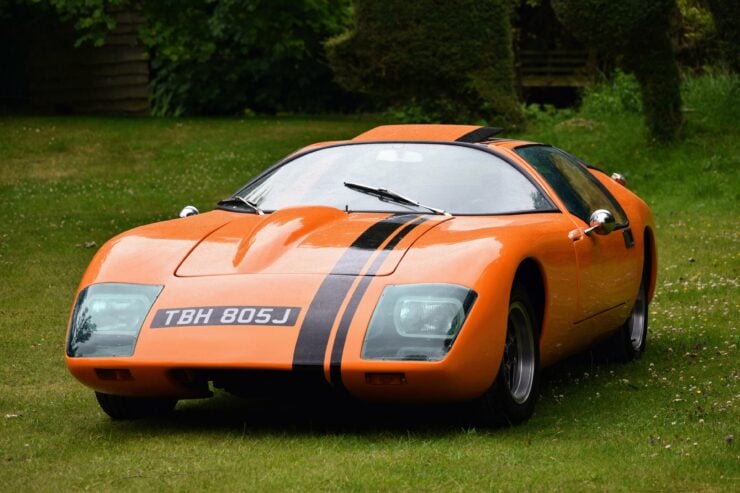
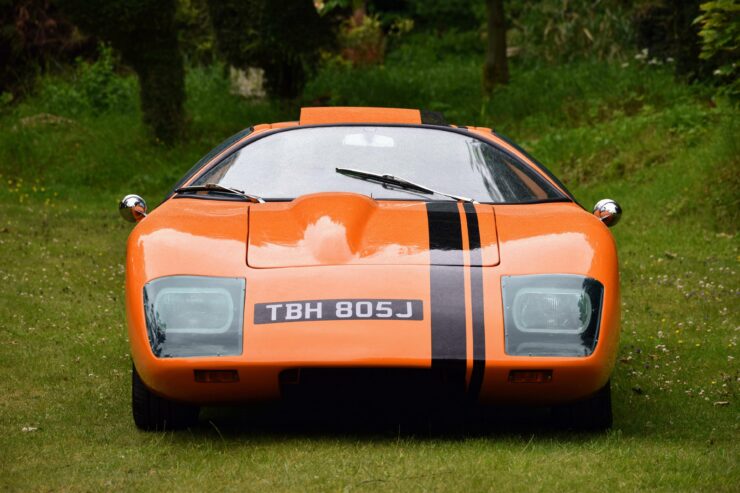
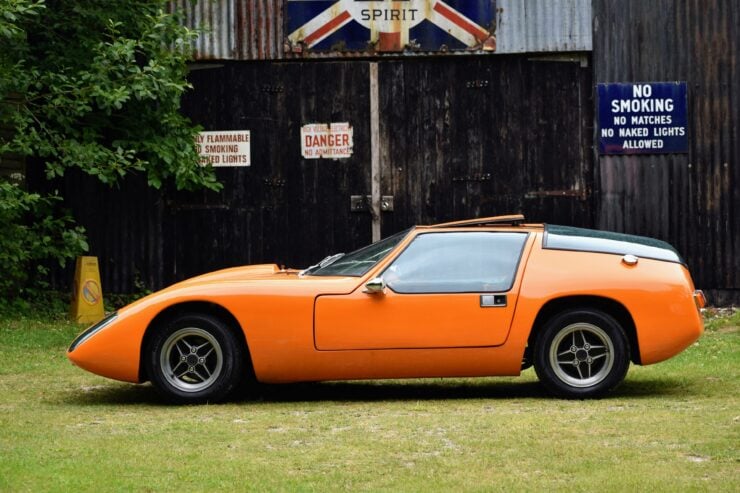
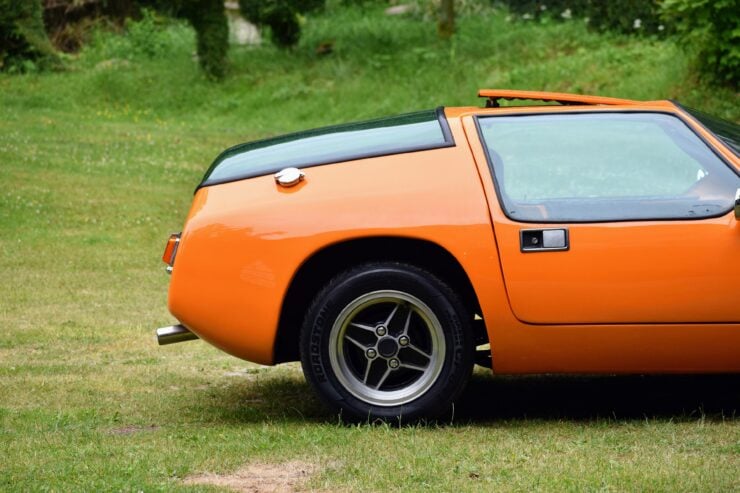
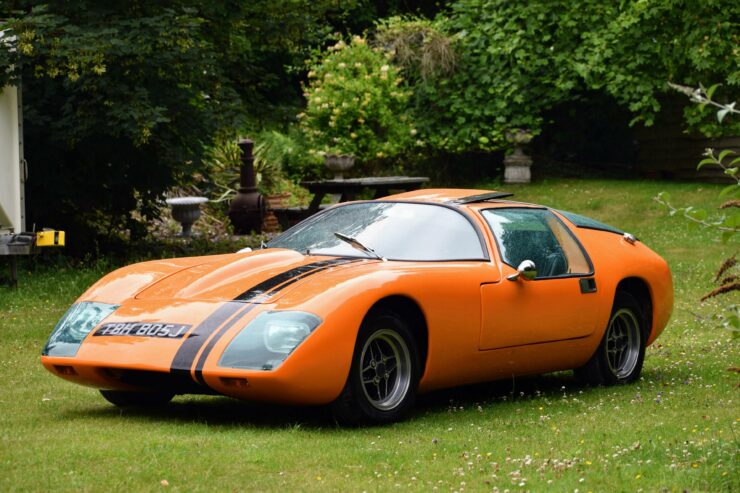
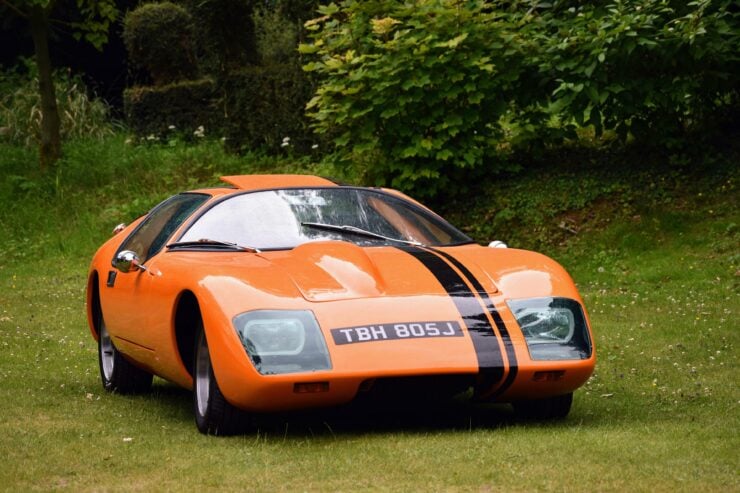

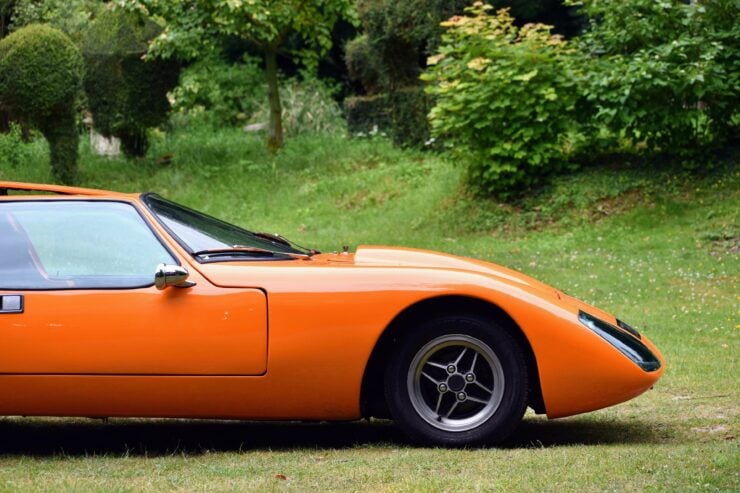
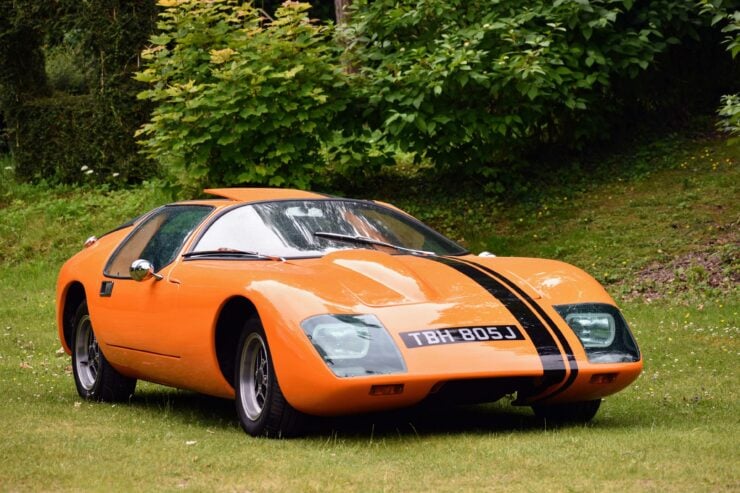
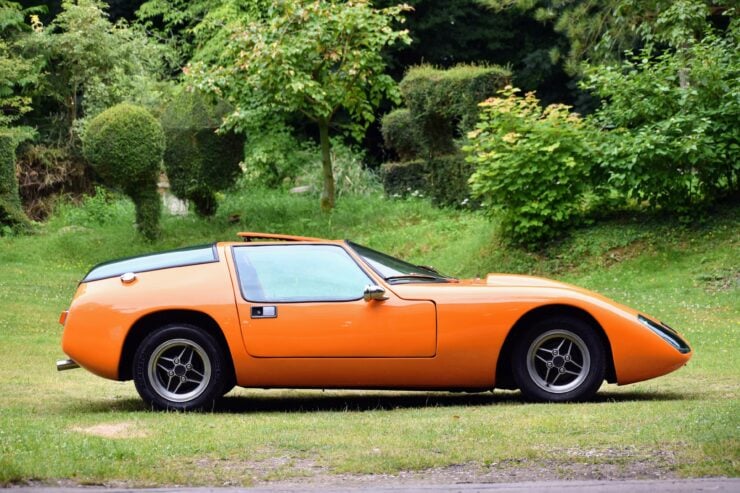
Images courtesy of Car & Classics

Articles that Ben has written have been covered on CNN, Popular Mechanics, Smithsonian Magazine, Road & Track Magazine, the official Pinterest blog, the official eBay Motors blog, BuzzFeed, Autoweek Magazine, Wired Magazine, Autoblog, Gear Patrol, Jalopnik, The Verge, and many more.
Silodrome was founded by Ben back in 2010, in the years since the site has grown to become a world leader in the alternative and vintage motoring sector, with well over a million monthly readers from around the world and many hundreds of thousands of followers on social media.

